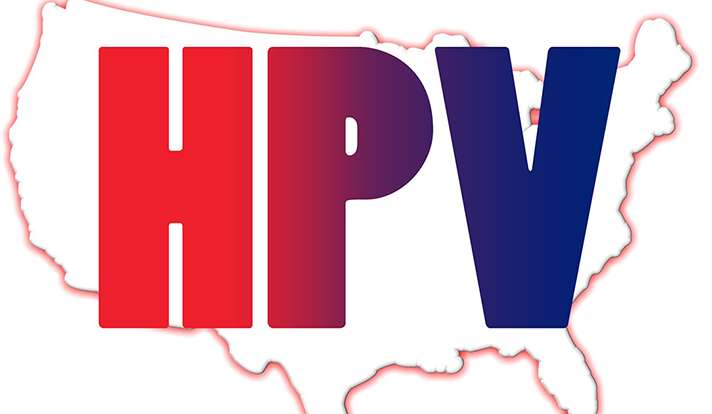Study identifies patterns in immunizations in voting outcomes

Parents in "blue states" are more likely to vaccinate their teens against Human Papillomavirus, or HPV, and other diseases, new Yale School of Public Health research demonstrates.
In a study recently published in the American Journal of Public Health, researchers show that differences in vaccination rates can potentially reflect cultural norms and political beliefs. States that are more politically conservative, or "red states," tend to shy away from vaccines for teens, including the vaccine against HPV, a sexually transmitted disease. Blue states tend to be more socially and politically liberal.
Comparing data from the 2012 National Immunization Survey-Teen, to voting results of the presidential election of 2012, and also factoring in a variety of socio-demographic factors including medical household income, education, and ethnicity, the study revealed that blue states showed a 10 percent higher HPV vaccination rate for girls, and a nearly 25 percent higher HPV vaccination rate for boys
"These associations are important because they demonstrate that there are broader forces associated with political affiliation that may influence acceptance of immunizations for adolescent children," said Associate Professor Linda Niccolai, Ph.D., the study lead author. "The decision to immunize a child does not occur in vacuum and is not as straightforward as simply accepting a preventive medical intervention or not. Parents are people who have more general world views that could be driving the decision."
While the vaccine against HPV has been recommended for pre-adolescent girls since 2006, newer recommendations for boys were implemented in 2011. All boys and girls should receive the vaccine in the years before they are likely to become sexually active, around ages 9 to 13.
The study set out to address the hypothesis that differences in HPV vaccination would occur due to the sexually transmitted nature of HPV, but researchers also found that the rates of vaccination for other diseases not related to sexual behavior were impacted as well. Findings indicated a 6 percent higher rate of vaccination in blue states for Tdap, which protects against tetanus, diphtheria, and pertussis, and a 14 percent higher vaccination rate for MCV4, which protects against meningitis. This suggests that a complex mixture of psychological, social, and political factors may play a role in driving decisions about vaccination. Differing worldviews between blue and red states, such as trust in government, religious beliefs, and the importance of personal versus public responsibility may impact decision-making.
According to the study's authors, vaccination is not the only health issue affected by political ideology; previously published studies show that mental health, obesity and women's reproductive health are among conditions affected by conservative or liberal political opinions.
More information: Steven Bernstein et al. State-Level Voting Patterns and Adolescent Vaccination Coverage in the United States, 2014, American Journal of Public Health (2016). DOI: 10.2105/AJPH.2016.303381


















